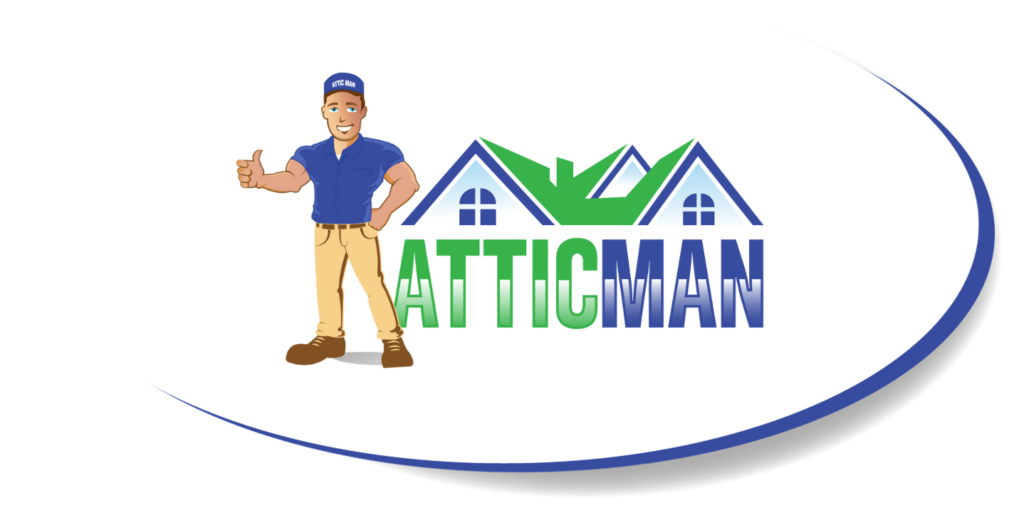
Insulation is an often overlooked part of maintaining a home. Without proper insulation, your home is more vulnerable to the outside elements, and your risks for problems such as pests and mold increase.
Because of its proximity to the roof, your attic is one of the most important areas of your home to insulate. It’s essential to replace insufficient or poor-quality insulation right away to better protect your home and keep your energy costs lower.
Six signs can tell you that your attic may not be properly insulated:
1. Temperature Zones Indicate Poor Attic Insulation
If your home doesn’t maintain a consistent temperature throughout each room, you probably have an under-insulated attic. Having different temperature zones in your house can indicate that there isn’t enough insulation to retain the heat your furnace is producing.
Adding sufficient insulation will help you maintain a more comfortable temperature throughout your living spaces. An insulation professional can also determine whether your existing insulation is the most effective product for your attic.
2. Ice Dams Are Forming on Your Roof
Poor insulation will allow heated air to rise up and cause your roof to warm up. When this happens, the snow on your roof will melt and run into your home’s gutters. As the water hits the cold air, it will freeze again, forming ice in the gutters. Icicles hanging from your roof is another result of poor insulation.
Ice dams can damage your roof and gutters, making it more cost-effective to replace your attic insulation as soon as you notice a problem. You’ll also save on energy costs when you have enough attic insulation to retain more of your home’s heated air.
3. Moisture and Water Damage Are Visible
Inspect your attic from time to time to look for signs of roof problems, since these issues can adversely affect the quality of your insulation. If you do see moisture, water stains, or mold growth, you’ll need to take care of the problem right away. Start by discovering the benefits of air sealing in your attic.
After sealing gaps, holes, and other spaces, you can cover those areas with spray foam insulation. This type of insulation is best for eliminating tiny gaps and insulating tight spaces.
4. Energy Costs Keep Rising
As the outdoor temperature rises, the interior of your home should remain consistently warm. However, insufficient insulation will lead to escaping heat and a colder home.
If you notice that your HVAC system has trouble keeping up with your heating needs or you have to frequently adjust your thermostat, it may be time to contact an insulation installer.
5. Pests Are Nesting in Your Attic
Both rodents and insects scavenge materials to use for nests once they infest a home. If you see signs of pests in your attic (such as feces, food scraps, or eggshells), take a closer look at your insulation. Pests may be tearing off pieces of insulation to use for their nests. Alternatively, they may nest inside the insulation.
In either situation, remove the pests first. Once you have eliminated the problem, have new insulation installed.
6. Cool Drafts Run Through the House
Stay aware of drafts in your home. If you do notice cool air running through the house, you have an area that’s allowing outside air into the home. You can usually find the source of the draft by running your hands along window and door frames.
Check your attic as well. An attic door that isn’t insulated may be letting outside air into your home.
Attic Insulation Options for Your Home
If you believe it’s time to replace or supplement your attic insulation, there are a variety of types of insulation to choose from, and each one offers a different range of benefits.
Your insulation supplier can advise you on what type of insulation is best for your attic and will produce better energy savings for longer.

